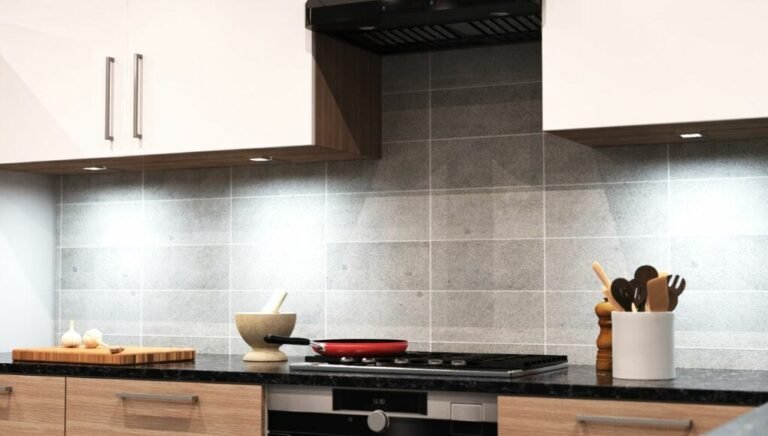Maintaining a home’s HVAC system is crucial for comfort, energy savings, and air quality. One often overlooked aspect of HVAC maintenance is the condition of the ductwork. Ducts are the passageways that transport heated or cooled air throughout your home. If these ducts are leaking, damaged, or not properly sealed, the efficiency of your entire HVAC system is compromised. We will explore the reasons why HVAC professionals at Comfort Control Systems NC of King recommend duct sealing for improved efficiency. By examining the impacts of leaks, energy waste, and indoor air quality, we’ll discover the critical benefits of a sealed duct system.
The Impact of Leaky Ducts on Energy Efficiency
Leaky ducts can significantly impact energy efficiency in your home. When there are gaps, cracks, or disconnections in the ductwork, some of the heated or cooled air intended for living spaces escapes. This loss can result in substantial energy waste, driving energy costs and forcing the HVAC system to work harder than necessary. Studies estimate that duct leaks can cause up to 30% of energy losses in an average home. This inefficiency increases energy bills and places undue stress on HVAC components, leading to faster wear and tear, reduced lifespan, and higher maintenance costs.
Furthermore, leaky ducts cause uneven heating or cooling throughout the home. Rooms farther away from the HVAC system may feel warmer or cooler than desired, prompting the thermostat to be adjusted frequently. Sealing the ducts ensures that conditioned air reaches all parts of the home efficiently, improving comfort and reducing the need for constant adjustments. As a result, energy consumption is reduced, extending the system’s life while saving homeowners money on utility bills.
How Duct Sealing Improves HVAC System Performance
Sealing ducts improves the overall performance of an HVAC system. The system operates at optimal levels when air is delivered more efficiently through the ducts. A properly sealed ductwork system allows the HVAC unit to reach the desired temperature more quickly without running for extended periods. This helps maintain a stable indoor temperature, reduces cycling frequency on and off, and saves energy. Sealed ducts also alleviate the pressure on the blower and other key components within the HVAC system. When air leaks from the ducts, the system has to compensate by pushing more air through the remaining channels, which can lead to overwork and potential mechanical issues. Sealing these leaks ensures the blower and fan motors are balanced, prolonging their lifespan and reducing the need for costly repairs.
Additionally, a sealed system enhances the performance of any advanced HVAC technology, such as programmable thermostats or zoning systems. These systems rely on consistent airflow and temperature regulation to function effectively. With sealed ducts, the benefits of these technologies can be maintained, making it easier to maintain an energy-efficient and comfortable home.
Enhancing Indoor Air Quality with Duct Sealing
Another important reason HVAC professionals recommend duct sealing is its positive effect on indoor air quality. Leaky ducts can allow dust, dirt, allergens, and other pollutants from unconditioned spaces, such as attics or crawl spaces, to enter the duct system. These contaminants are then circulated throughout the home, leading to poor air quality, which can aggravate respiratory conditions or allergies. Homeowners can significantly reduce the risk of introducing these harmful particles into their living spaces by sealing the ducts. In addition to contaminants, unsealed ducts can allow moisture to infiltrate the system, leading to mold growth within the ductwork. Mold spores can spread throughout the home, causing health issues and requiring expensive remediation. Sealing ducts help to keep moisture out, preventing the conditions that lead to mold growth. Improved indoor air quality is especially important for families with children, the elderly, or individuals with asthma or other respiratory issues. A sealed duct system ensures the air circulating throughout the home is clean and free from outdoor pollutants or contaminants from unconditioned spaces.
Lowering Carbon Footprint Through Energy Conservation
Duct sealing saves money and helps homeowners reduce their carbon footprint. Heating and cooling account for a significant portion of a home’s energy usage. When ducts are leaky, more energy is required to maintain comfortable indoor temperatures, increasing overall energy consumption. This results in a higher demand for electricity or natural gas, which can contribute to increased greenhouse gas emissions. By sealing ducts, homeowners can improve their HVAC system’s efficiency, reduce energy consumption, and ultimately lower their environmental impact. The energy savings achieved through duct sealing also align with broader energy conservation and sustainability goals. Many homeowners are now seeking ways to make their homes more eco-friendly, and sealing ducts is a simple yet effective way to contribute to these efforts. Many energy efficiency programs and incentives are available to encourage homeowners to seal their ducts, further supporting the move toward a more sustainable lifestyle. This approach not only benefits the homeowner by reducing energy costs but also has a positive impact on the environment.
Sealing your home’s ductwork is essential in improving HVAC efficiency, reducing energy waste, and enhancing indoor air quality. By addressing leaks and ensuring that conditioned air is delivered efficiently throughout the home, homeowners can enjoy greater comfort, lower energy bills, and a reduced carbon footprint. We have explored how duct sealing contributes to better HVAC performance, cleaner indoor air, and long-term financial savings. Investing in duct sealing helps protect your HVAC system. It supports a healthier living environment and more sustainable energy use, making it a smart choice for homeowners looking to maximize their home’s efficiency.







